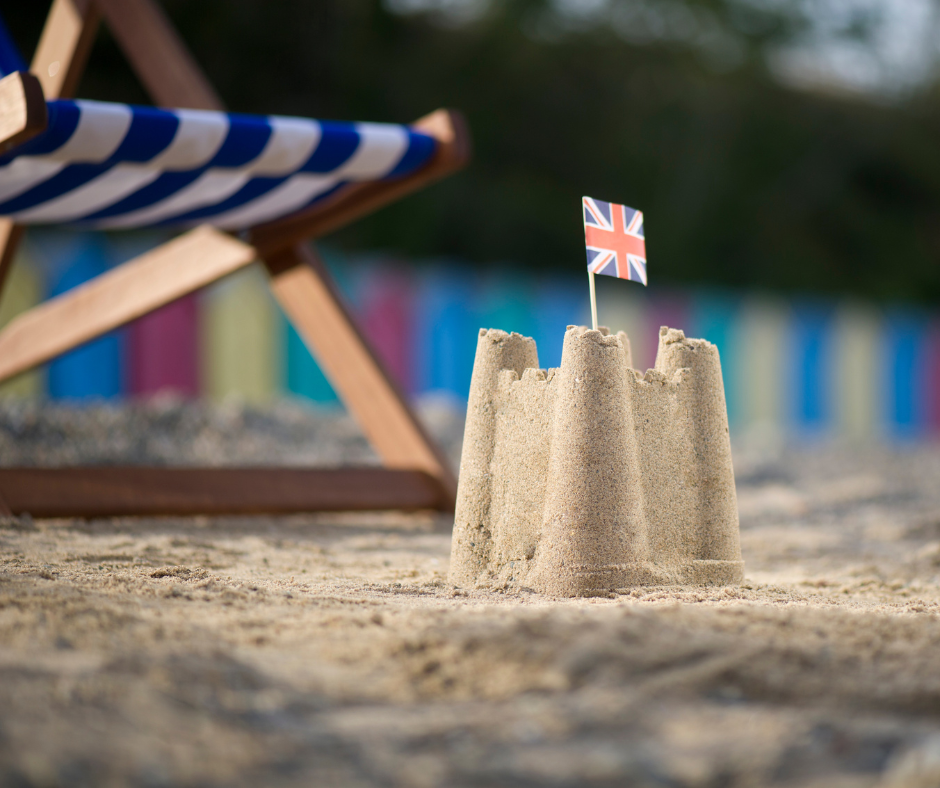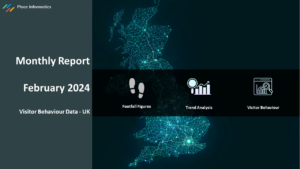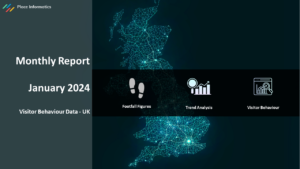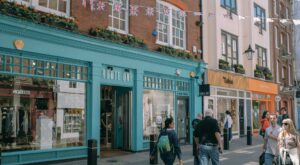Across the UK, many popular seaside towns and their beaches have witnessed an invasion of tourists all ready to enjoy the sun, sand and sea following the recent heatwaves between June – August this year. This has led to a boost in the number of post-pandemic staycations, with many people making up for lost trips, known as ‘revenge holidays’.
Our latest insights tell us that Bournemouth saw an increase of 3.5 million visitors to its shores, with other well-known coastal resorts like Brighton seeing 6.7 million more people visiting over the past year and even Bridlington, which was voted one of the “worst” beaches in the UK by Which? magazine, gained a 61% rise in beach-goers from June 2021 and May 2022.
Even though it’s a great result for these favourite sunspots, the rise of mass tourism and Summer footfall increases have both positive and negative impacts on a town’s businesses, services and infrastructure.
On the plus side, the amount of wealth accumulated from mass tourism can create more job opportunities within the hospitality and entertainment industry, help local governments/councils invest in the development of new facilities eg: roads, cafes, shops, hotels etc. as well as financially support conservation projects to help protect wildlife and places of historic interest.
On the negative side, mass tourism can also lead to environmental pollution resulting from an increase in waste and rubbish, a depletion of water supplies, the destruction of natural habitats, and more CO2 emissions generated by the larger amount of traffic and congestion from travellers. The increasing population can also cause problems for residents who may feel like they are living in a tourist zone rather than their own home town, leading to a loss of local culture, traditions, and community identity.
Ultimately, the goal is to maximise the positives of Summer footfall increases and minimise the negatives in order to create sustainable and thriving communities.
Manage your seaside town using mobility & visitor behaviour data
Our mobility data does exactly that. We help local governments from these seaside towns understand their visitors, showing how they utilise their beaches, high streets, green spaces, car parks, facilities and businesses to cope with the increase of tourists, ensuring they have the right staff, accommodation and resources to facilitate them during peak periods.
Below are some key features and benefits of our tourism and town centre footfall dashboards:
Visitor demographics – analyse your visitors via a socio-economic breakdown of AB, C1, C2, D, E profiles so that you have a better understanding of their behaviour to create target marketing campaigns.
Postcode origins – categories visitors into core, local and regional to identify what catchment areas tourists are visiting from.
Summer footfall predictions – measure trends in dwell time and visit frequency to manage seasonal visits on a daily, weekly, monthly basis using graphs and heatmaps to see the most popular hotspots and access points.
Seaside town performance – Compare your seaside town performance against others in the UK to view the results of your interventions and where to optimise travel routes, commercialisation for vendors and organise events.
Get started
Make sure to take advantage of the foot traffic coming through your seaside town with Place Informatics. Call 0161 706 1343 for more information, or book a webinar of the data available for your area in Calendly here:






